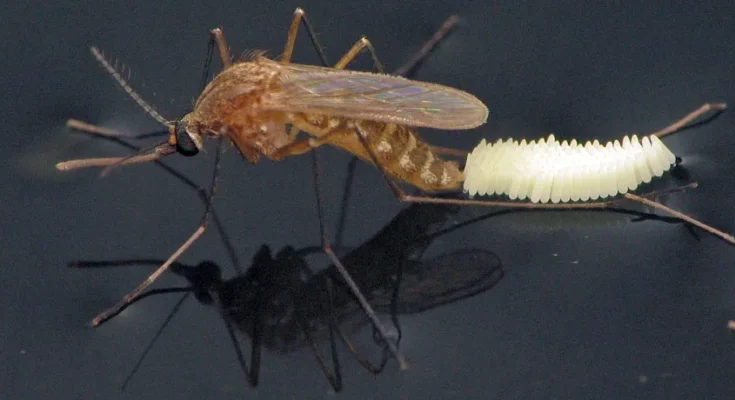Mosquitoes are among the most widespread and troublesome insects on Earth. Known for their itchy bites and ability to transmit dangerous diseases like malaria, dengue, and Zika virus, understanding their life cycle is key to effective control and extermination efforts.
The life cycle of a mosquito consists of four distinct stages: egg, larva, pupa, and adult. This cycle begins when a female mosquito lays eggs on or near standing water, such as ponds, puddles, or even containers like buckets and flowerpots. Some species lay eggs individually, while others lay them in clusters, known as “rafts.” These eggs hatch within 24–48 hours, depending on temperature and moisture levels.
Once hatched, the larvae — often called “wigglers” — live in the water and feed on organic matter like algae and bacteria. They breathe through small tubes and can be seen wriggling just below the surface. The larval stage typically lasts about 5–10 days.
Next comes the pupal stage, where the mosquito stops feeding and prepares for transformation. Known as “tumblers,” pupae are still mobile in water and can react to light and motion. This stage is relatively short, usually lasting 2–3 days.
Finally, the adult mosquito emerges from the pupal case and rests on the water’s surface until its body and wings dry and harden. At this point, it can fly away to begin its life on land. Males typically feed on nectar, while females seek blood meals to produce more eggs, continuing the cycle.
Breaking the mosquito life cycle — especially by eliminating standing water where they breed — is one of the most effective ways to reduce their population and protect public health.



